Introduction
Have you ever lost track of your modifications while working on a complex data science project? Or struggled to align your project with other collaborators? If yes, it’s time you understand the significance of version control in data science. It is not just a software engineering tool anymore, but a fundamental pillar for managing data science projects with efficiency and effectiveness. Let’s delve into the world of version control for data science.
Understanding Version Control for Data Science
To ensure we’re on the same page, let’s begin with the basics. Version control is a system that records changes to a file or set of files over time so that you can recall specific versions later. In data science, version control extends beyond source code to include data sets, models, parameters, and environment settings. This more holistic approach facilitates replication and traceability in your data science projects.
Why Data Science Needs Version Control
The Value of Replicability
The cornerstone of science is replicability, and data science is no exception. The ability to replicate results under identical conditions gives weight to your insights and boosts their reliability.
Risks of Not Using Version Control
Version control provides a safety net for data scientists. Without it, you run the risk of losing previous work, working off outdated files, and facing severe collaboration issues.
The Collaboration Booster
Working on a team project without version control is like trying to cook a meal with everyone reaching into the pot at once. It can lead to chaos. Version control helps streamline team efforts and reduces the chance of overwriting or losing someone else’s work.
Core Concepts of Version Control for Data Science
Version control in data science relies on certain core concepts that make it an effective tool for managing changes and enhancing collaboration.
Repositories
Repositories are the heart of a version control system. They store metadata for the set of files and directories you’re tracking, such as changes, version history, and more.
Commits
When you make changes to your project that you want to save, you “commit” those changes. Each commit has a unique ID that lets you keep track of your modifications.
Branches
Branching allows you to diverge from the main line of development and work without disturbing the main line. You can later merge your changes back into the main project.
Pull Requests
Pull requests are a way of proposing changes to a project. They encourage code review and discussion about the proposed changes before they’re merged into the project.
Popular Tools for Version Control in Data Science
Several tools are available that cater specifically to the needs of version control in data science. Let’s take a look at a few popular ones.
Git and GitHub
Git is a distributed version control system primarily used for source code management but can also handle other project components. GitHub is a web-based hosting service for Git repositories, with added features for collaboration.
DVC (Data Version Control)
DVC is an open-source version control system for machine learning projects. It is designed to handle large files, data sets, machine learning models, and metrics as well as code.
Pachyderm
Pachyderm is a data versioning, data lineage, and automated pipeline system. It’s designed to give data scientists the same kind of control that software engineers have over their code.
Version Control Workflow in Data Science
Once you understand the tools and concepts, it’s time to delve into the workflow of version control in data science. This process will vary depending on your project’s specifics and the version control system you’re using.
Initializing a Repository
The first step is to create a new repository. This is your project’s home, where all changes will be tracked.
Making and Committing Changes
As you make changes to your project, you’ll commit these to your repository. Each commit should be a logical chunk of work, like adding a new feature or fixing a bug.
Creating and Merging Branches
When you want to work on something new, create a branch. Once your work on that branch is complete, you can merge it back into the main project.
Pull Requests and Code Reviews
Before changes are merged, they should be reviewed. Pull requests facilitate this process by providing a forum for discussion and review.
Best Practices for Version Control in Data Science
The effectiveness of version control depends heavily on how you use it. Here are some best practices that can help you get the most out of version control in your data science projects.
Commit Early and Often
Making regular commits helps keep your changes organized and manageable. It’s easier to understand what each commit does when the changes are smaller.
Write Useful Commit Messages
Commit messages guide your future self to understanding what changes were made and why. Make them clear, concise, and informative.
Use Branches
Branches are your friends. They allow you to work on new features or fixes without disturbing the main line of development.
Review Changes Before Merging
Code reviews are a crucial part of the version control process. They help catch bugs and ensure that the code meets the project’s standards.
Conclusion
Version control is no longer a nice-to-have for data science; it’s a necessity. By mastering the principles and practices of version control, you can ensure that your data science projects are more accurate, consistent, and collaborative. It’s time to embrace version control and elevate your data science capabilities to the next level.
FAQs
- What is version control in data science? In data science, version control records changes to a file or set of files, including datasets, models, and parameters, allowing you to recall specific versions later.
- Why is version control important for data science projects? Version control is essential for data science projects because it enhances accuracy, collaboration, and replication of results. It also minimizes the risk of losing previous work and facing collaboration issues.
- What are the core concepts of version control in data science? The core concepts of version control in data science are repositories, commits, branches, and pull requests.
- Which tools are commonly used for version control in data science? Some popular tools for version control in data science include Git and GitHub, DVC (Data Version Control), and Pachyderm.
- What is the workflow of version control in data science? The workflow involves initialising a repository, making and committing changes, creating and merging branches, and using pull requests for code reviews.
- What are some best practices for using version control in data science? Some best practices include committing early and often, writing useful commit messages, using branches, and reviewing changes before merging.







Leave a Reply